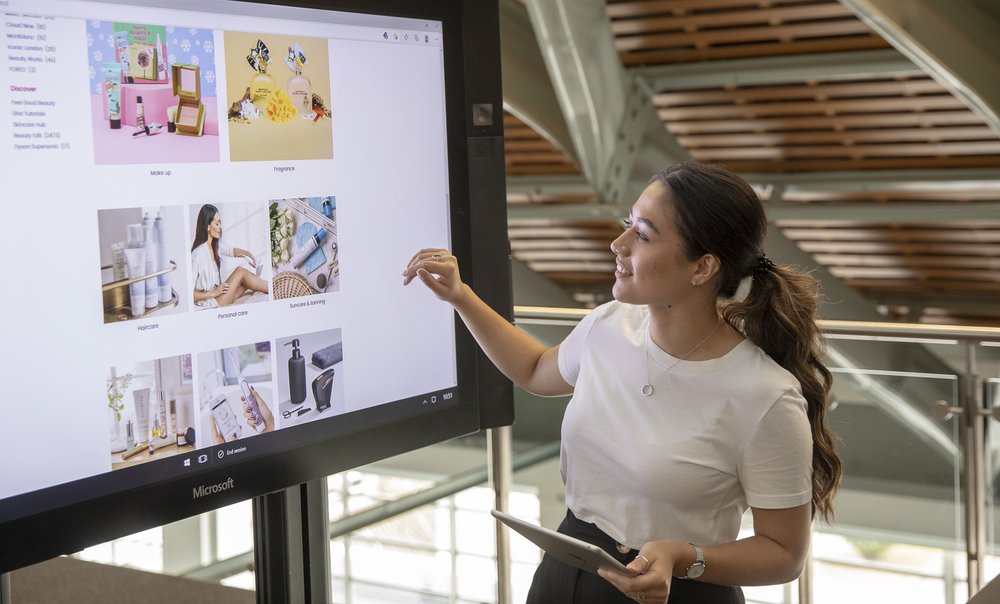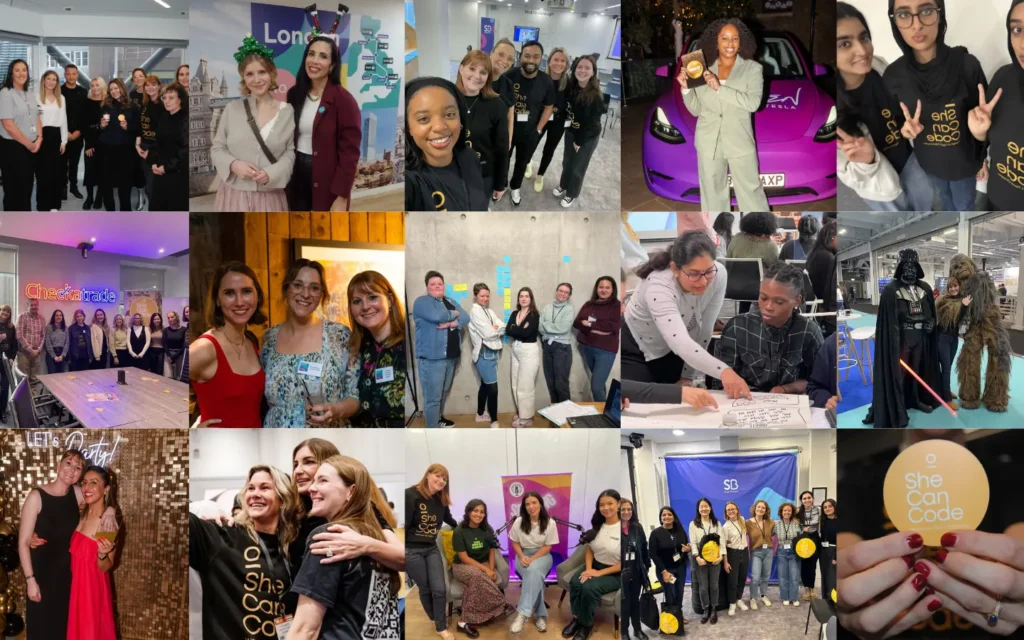I’ve been a principal software engineer at The Very Group since 2021. Predominantly a backend engineer, with expertise in Java – I’ve been working in tech since 2010 and have gained considerable experience in various languages, tech resources and some insight into what the future looks like for retail tech.
Before I share some of those insights, let me kick off with what I’m currently working on at Very…
My Role at The Very Group
The tech teams’ current goal is to move all our services to a serverless architecture.
My team is currently migrating from large monolithic applications to microservices, where each domain’s specific functionality is being created as separate smaller services. This is so that it can be maintained, resilient, robust, reusable, with easy bug identification/fixing and more importantly – delivered then and there for our customers.
We are also practising Infrastructure as a Code, where Terraform is used to write code which creates the infrastructure in the AWS Cloud.
We’re working in a hybrid model, where employees split their time between home and the office, so our main collaborations happen through Microsoft Teams and Miro boards where we put our ideas together and brainstorm. 
I’m a big fan of React JS
I always wanted to be a full stack developer but unfortunately all my previous projects were more focused on backend work. During the interview process for my current role, I articulated my goals to move into full stack with the two interviewers on the panel. I was told that one of them had a vacancy in a project which requires full stack development and luckily, I was assigned to one of them! I’m learning something new daily, and really enjoying it.
When working on a customer retail platform like Very.co.uk – customer digital experience plays a key role in bringing the customer back to shop with us again and again. This experience introduced me to the magic of React.
React is an open-source project used by some of the most prominent companies in the world. Being intuitive and declarative, one of the most notable advantages of React is its ability to reuse code components. Using React significantly speeds up the development process and helps to seamlessly release our services. ReactJs uses Virtual DOM, so each time a change is triggered on the page, the entire virtual DOM is updated. ReactJS keeps two versions of the virtual DOM in memory and compares these two versions to find the elements that have changed and then updates only that part of the real DOM. It significantly increases the efficiency of the update.
There are some challenges to consider as well, as it is in a constant state of development. New features are being introduced on a regular basis and old ones are becoming deprecated. It might be hard to follow the high pace of development.
For me, it’s all about quality of code rather than speed of delivery
Currently we are working as a “mob”, where all team members including QAs and BAs gather to work on a particular task, develop it, quality check it, test it, move it to production and then pick up a new one. This process does slow down the speed of delivery a little, but it allows everyone to be aware of the functionality, generate ideas, new ways of handling problems, learn throughout the process and all while respecting each other.
In order to ensure consistent quality, I have also enrolled in various Udemy courses (something we have access to at Very) so I try to allocate half a day each week to improve my skills. Sometimes it is difficult to allocate that time as we never know when something is going to pop up that needs our attention, but knowing I have the platform there when I do have time, is great.
Our customer experience is core to the technology we implement
We know our customers are often time-poor and have lots of things to juggle in their busy lives, so quick and seamless shopping experiences are really important to them. We’ve been working hard to improve various parts of our shopping journeys; some recent technology improvements include implementing Amplience, CommerceTools and True Fit, to name a few. We have lots more on our tech roadmap and I’m looking forward to seeing what else we land next.
Let’s talk about the future of retail tech
Serverless Architecture
I see serverless architecture as our future – to quickly build for and deliver the needs of our customers. With Serverless Architecture, you break down applications into smaller and smaller pieces to gain better observability across the application. With smaller pieces, the knowledge necessary to make changes or create fixes is smaller.
Serverless uses an event-based communication system which means each subpart of the application is independent. If there is a failure, it just impacts the event. It also promotes faster deployments and in turn comes ease in scalability. By using such an agile architecture, our releases can be very flexible as it’s a quicker process. It means we can respond and react to customer needs and problems more effectively than ever before; for example, we could make improvements to various parts of the shopping journey at the same time, without impacting each other.

Artificial Intelligence
This has also had a big impact on ecommerce over the last few years, by playing a key role in improving product recommendations, product search, customer segmentation and customer support. At Very, we have Chatbots that provide 24/7 support to all of our customers and a personalized experience to customers through accurate product recommendations and advertising, based on the AI algorithms. They can use the information from customer’s shopping history to suggest products that align with what they are searching for.
AI will continue to significantly develop into the future, by bringing automation, intelligence and scale to brands’ content production and marketing. This means customers will be able to access information quickly and easily through virtual assistants, search products and making purchases through voice commerce. When it comes to automation, AI plays a vital role by providing the possibility to automate everything from presenting new items on different channels to coordinating sales, implementing discounts to loyal customers, recognizing high risk transactions, and many more.








